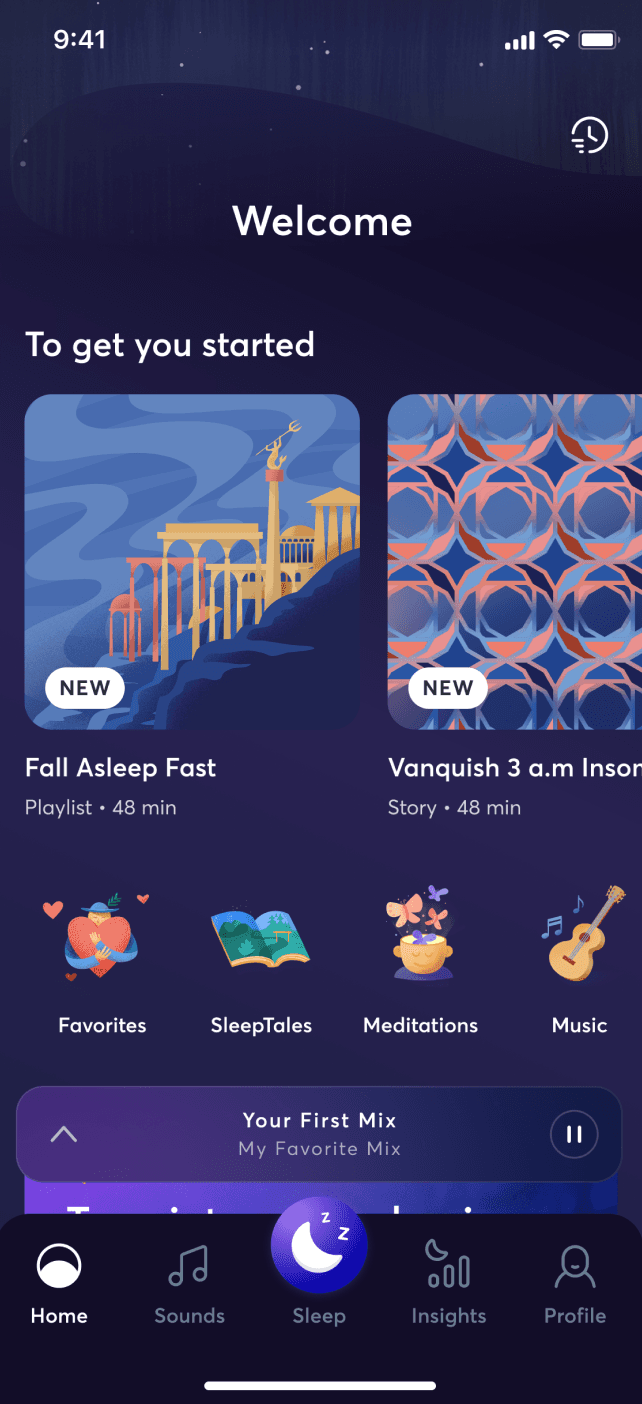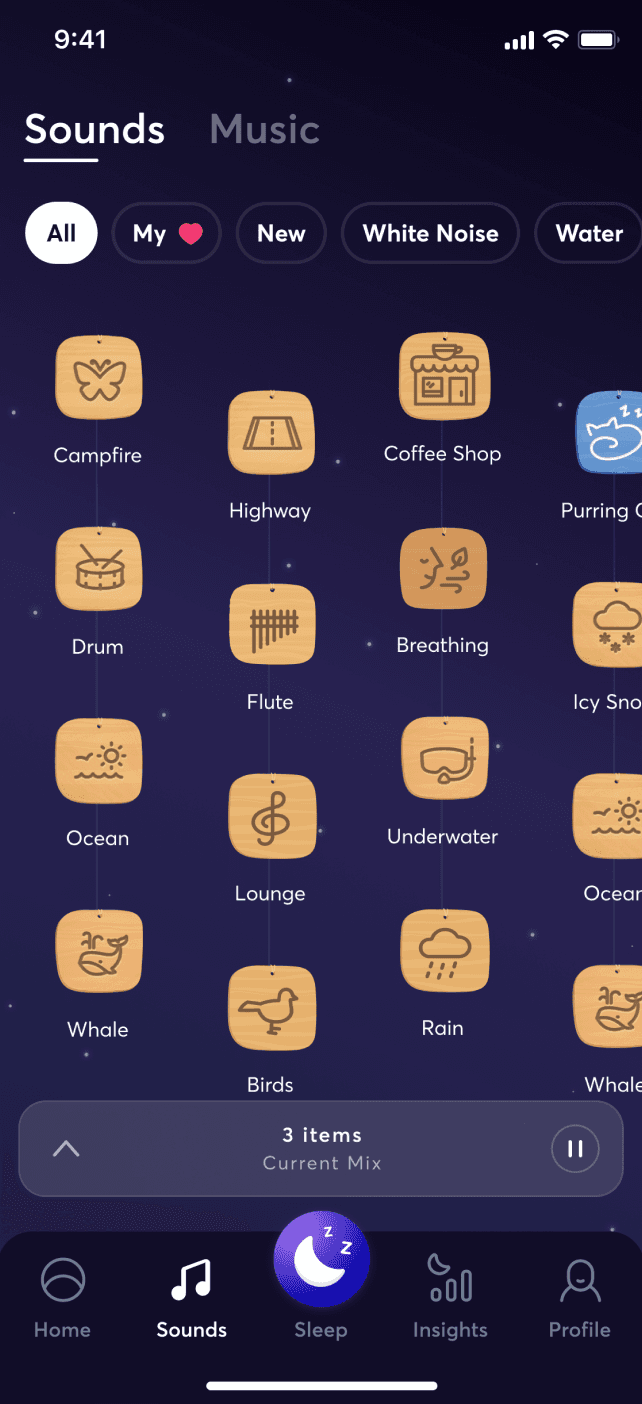
What’s Involved in a Sleep Study?
A sleep study conducted in a sleep laboratory provides critical insight into the causes of a person’s sleep disorder if present. They are also extremely useful for monitoring someone’s response to treatment if they have already been diagnosed with a sleep disorder.
Sleep disorders often cause a range of symptoms that affect health, mood, and energy levels. They can remain undiagnosed for a long time due to a lack of awareness of the signs.
What Is a Sleep Center?
If you need a sleep study, your doctor or specialist will refer you to a sleep center or clinic. These medical facilities specialize in sleep disorders and conducting sleep tests and studies.
Some clinics are more like laboratories in that they provide testing only. Others provide the full gamut of services, from testing and evaluation to treatment and follow-ups.
Sleep centers are staffed by physicians and sleep specialists. They also have technicians who are specially trained to assist with sleep studies.
Why Would I Need a Sleep Study?
Your doctor might recommend that you undergo a sleep study for several reasons. If you have already been working with a sleep specialist, they might want you to do some tests to get more information.
If no one has suggested a sleep study, but you think you could benefit from one, talk to your doctor about your symptoms and concerns.
If You Have Certain Symptoms
The main reason people undergo these tests is to determine if they have a sleep disorder. A sleep study helps specialists get to the underlying cause of troubling symptoms like daytime sleepiness, excessive snoring, difficulty falling or staying asleep, or fatigue.
This is the primary reason to go through a sleep test. It’s a diagnostic tool that gives you a starting point for treatment and solutions for conditions like sleep-related breathing disorders.
If You Have a Sleep Disorder
If you already know you have a sleep disorder, like sleep apnea or insomnia, a sleep study provides experts with more detailed information. Your list of symptoms can only help them plan treatment so much.
A sleep study can tell a sleep specialist more about your sleep cycles, brain activity, breathing, muscle movements, and much more. These details help them diagnose more accurately and develop individualized treatment plans.
To Monitor Treatments
Another reason you might need a sleep study is if you have been undergoing treatment for a sleep disorder. Your specialist might want to monitor your sleep patterns once in a while to see how well the treatments work. They can then adjust or change course as needed.


Different Types of Sleep Studies
There are multiple types of sleep studies commonly used, depending on a person’s symptoms. These include:
Polysomnography
This type of sleep study requires the patient to stay overnight in a clinic. Multiple functions are measured during the night, including heart rate, eye movements, muscle and brain activity, airflow, body positioning, blood oxygen levels, and snoring.
CPAP Titration
CPAP (continuous positive airway pressure) is a treatment used for obstructive sleep apnea. CPAP titration is the process of determining how much pressure a patient’s CPAP needs so that it can be programmed for use at home.
Split Night Study
When sleep apnea is suspected, a split-night sleep study may be advised to diagnose on the first night and perform CPAP titration on the second.
Multiple Sleep Latency Test
This test measures how quickly someone falls asleep and how fast they reach REM sleep while napping in the daytime. It’s used to diagnose sleep disorders such as narcolepsy.
Home Sleep Apnea Testing
This collects similar information to polysomnography, except the study is done at home and not overseen by a technician.
Maintenance of Wakefulness Test (MWT)
This is almost the opposite of the other studies. An MWT evaluates your ability to remain awake. It typically takes an entire day to do this test.
You’ll have two to four sessions that last about 40 minutes. During these periods of time, you’ll be asked to try to stay awake in the absence of any kind of stimulating activity.
MWTs help assess a person’s daytime sleepiness, a symptom of some sleep disorders. It can also help ensure safety for workers who must stay awake in situations with serious consequences for excessive sleepiness, such as pilots or truck drivers.
How to Prepare for a Sleep Study
The idea of staying overnight in a sleep clinic can cause some anxiety. Knowing what to expect and how to prepare might help.
What to Do and Not to Do Before Sleep Testing
Your specialist will explain everything you need to do, which likely includes:
- Avoiding caffeine during the afternoon of your sleep study.
- Avoiding alcohol before coming in for the study.
- Washing your hair and refraining from using any hair products. These can disrupt the sensors recording your sleep.
- Avoiding naps on the day of the study.
- Stopping certain medications as recommended by your sleep specialist
What to Bring to a Sleep Study
Staying the night in a sleep study clinic is a lot like spending the night in a hotel room. Bring what you need to be comfortable, but also check with the clinic to find out about any restrictions. Generally, you should bring:
- Comfortable sleepwear
- Toiletries
- A change of clothing for the next day
- Light snacks and breakfast foods
- Any medications you are still allowed to take
- Your favorite pillow or blankets
- Reading material if you normally read in bed
Unfortunately, except for special cases, you cannot have someone sleep with you during testing. You also cannot have your pet with you, even if that is how you normally sleep. Service animals are usually exempted.


What Happens During an Overnight Sleep Study?
A sleep study is an overnight exam, usually in a sleep lab, where doctors monitor what happens to your brain and body while you sleep. At the sleep center, an electroencephalogram (EEG) monitors the stages and cycles of sleep you go through during the night.
This helps to identify your sleep patterns and any possible disruptions, alongside heart and breathing rates, oxygen levels in your blood, eye movements, and any body movements. A sleep study technician gathers the data and passes it on to a doctor who evaluates the results.
This can be a little overwhelming, especially if you haven't done it before. Learn more about exactly what happens to feel more prepared.
Before the Study Begins
When you arrive at the sleep center, you will check in like you do for any other medical appointment. Have all required documents and health insurance information ready.
A technician will prepare you for the study by taking you to the room where it will occur and showing you around. They will give you time to change into your sleepwear, brush your teeth, and go through any other typical bedtime rituals. The idea is to mimic what you normally do as much as possible.
Once you’re ready, the technician will set up all the equipment. How long this takes depends on each patient’s testing. It can be anywhere from 35 minutes to a couple of hours.
To set up the EEG to measure brain waves, the technician will measure your head and mark places to attach electrodes. They will prep your skin in those spots to ensure they adhere well. They will then attach the electrodes and might use tape to hold them in place.
Some additional equipment you might need includes:
- A microphone taped to your neck to capture snoring
- Belts across the chest to measure respiration and breathing patterns
- Pads applied to the chest for an electrocardiogram or EKG
- An oxygen monitor attached to a finger
- An electrooculogram, which measures eye movements
- A nasal cannula to measure airflow
Don’t hesitate to ask the technician questions throughout this process. It’s important that you understand what is happening to get the best results from the test.
As a final step before going to sleep, the technician will run through some tests of the equipment.
During the Sleep Study
All of the preparation is the hardest part of a sleep study. Once everything is in place, and the tests are done, all you have to do is sleep. The technician will be in a nearby room throughout the night to monitor you and assist if you need help.
After the Study
If you don’t wake up naturally in the morning, the technician will wake you at your usual wake-up time. They will remove all the electrodes and other devices. You might need to fill out a questionnaire.
You can go home as you are or use the room and facilities to shower, change, and eat. Don’t expect to get any study results until the specialist has had time to review them and write a report. This can take up to two weeks.


What Else Do I Need to Know About Sleep Studies?
A sleep study is an involved medical test. It helps to learn as much about the process as possible to feel ready for it. Here are some answers to additional questions you might have as you prepare.
What Is an At-Home Sleep Study?
A home sleep study is conducted out of the lab, in the comfort of a person’s home. It is sometimes referred to as an HST (home sleep test), an OCST (out-of-center sleep test), or a polygraph and is focused on testing for obstructive sleep apnea.
For some, this type of sleep study costs less and is more convenient, allowing the patient to stay in the comfort of home surroundings. To undergo a home sleep study, special equipment will be loaned to the patient to take home, alongside simple home sleep study instructions.
Does Lack of Sleep Affect the Study?
During polysomnography, patients often sleep less due to the sensors applied to the body and unfamiliar surroundings. This shouldn’t affect the test results too much but talk with a doctor if you’re concerned.
Can I Use a Sleep Aid?
Many people assume that they will have trouble falling asleep in this strange environment with all the equipment. The truth is that most people do, but if you're concerned, your specialist might allow you to take a sleep aid.
Can a Person Have Sleep Apnea but Fail the Sleep Apnea Test?
An at-home sleep test can produce a negative result, even when the patient has sleep apnea. This happens in about 10% of people and is called a "false negative result." Common reasons this happens are data loss or the equipment not being set up properly.
If your doctor suspects this may have happened, you’ll be scheduled for an in-lab sleep study performed by a trained sleep technologist.
Getting adequate, high-quality sleep is so important for overall health. If you struggle with sleep, try the tools on the BetterSleep app. Meditations, sleep sounds, soothing music, and more could be enough to help you. If not, talk to your doctor and find out if a sleep study might be right for you.






















